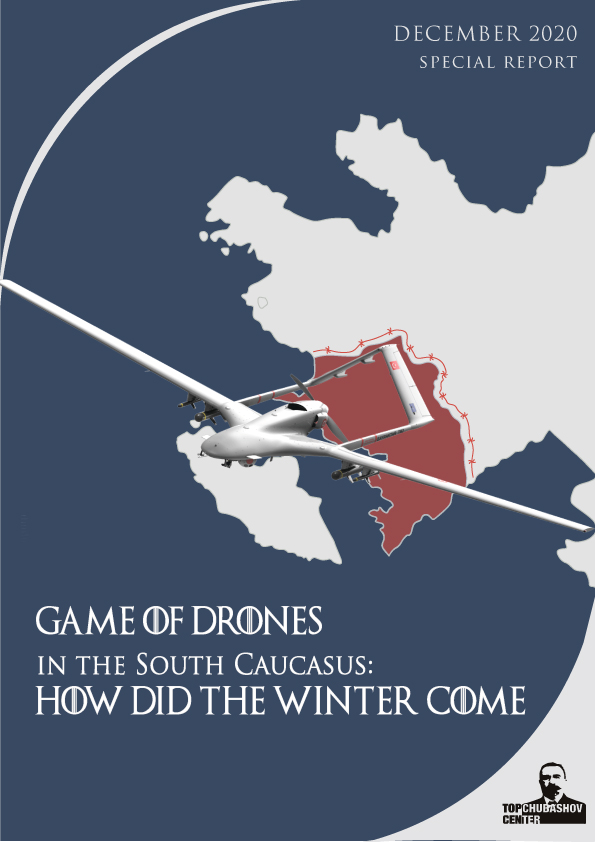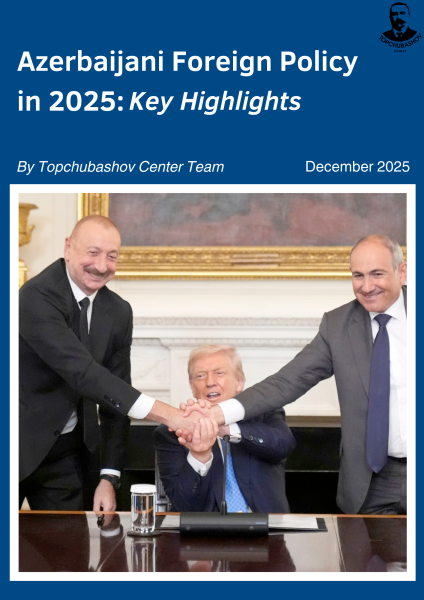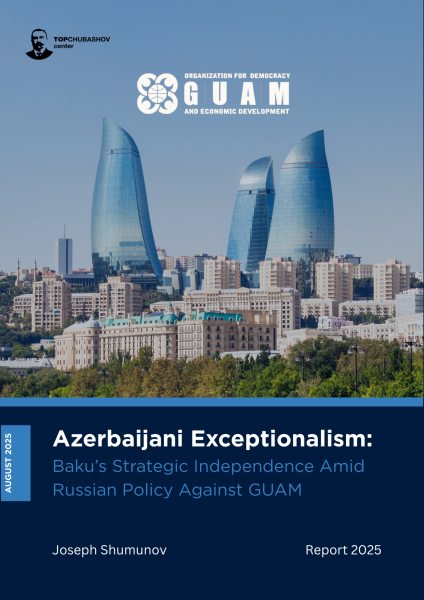Game of drones in the South Caucasus: How did the “winter” come?

The Second Karabakh War came to an end on November 10, with the signing of a peace deal by Azerbaijan, Russia and Armenia, which for the latter was an “unspeakably painful agreement” as Prime Minister Nikol Pashinyan named it, yet declared a glorious victory for Azerbaijan who liberated its territories from the occupation after 28 years. Throughout the 44-day war, particularly one piece of military equipment -drones- received huge attention both in the local and international context analysts studying their use relentlessly to track Azerbaijan’s swift military. The words ‘Harop’, ‘kamikaze’, ‘Bayraktar’ swiftly entered the dictionary of military discussions in the region becoming widely used in daily news and conversations. Likewise, the topic was at the centre of attention of the international media which in the past few weeks has analysed the pivotal role of drones in Azerbaijan’s military strategy and brought up questions about the country’s drone power recurrently in the interviews with the government officials, including President Ilham Aliyev himself . On the other hand, the decisive effect of drones was also acknowledged by the Armenian side after the bitter defeat when the leader of the self-proclaimed “Nagorno-Karabakh Republic” Arayik Haratunyan said “It seems that we managed to defend ourselves from drones for several days, but already in the last two days the enemy, I do not know how, through new technologies or new drones, had the opportunity to inflict great damage on our troops again." Yet, while all these already call for a close analysis of the topic, one can argue that the breakout of the so-called game of drones in the South Caucasus was not an unexpected event but rather had given its clear signals after the 2016 April war. Hence, even after the July 2020 border clashes, the utilization of the drones between Azerbaijan and Armenia made the headlines, commentators at the time naming it the “worrying war in the South Caucasus” and warning that the region might face the first full-scaled drone war . Not to forget, a few days before the outbreak of the war, on September 20, the downing of an Armenian tactical drone in Tovuz (located far away from the conflict zone) already spiced the discussions up about how the use of this equipment is changing the security environment in the region. Interestingly, while the debate has become a hot one, detailed analysis of the drone capacity of Azerbaijan and Armenia has not been conducted, neither the reasons behind the particular suitability of the drone technology to the Nagorno-Karabakh conflict has been identified. Aiming to do so, this special report contextualizes and empirically analyzes both the trajectories of the drone programs in both countries and the strategic rationality behind the use of drones in the Nagorno-Karabakh conflict.







